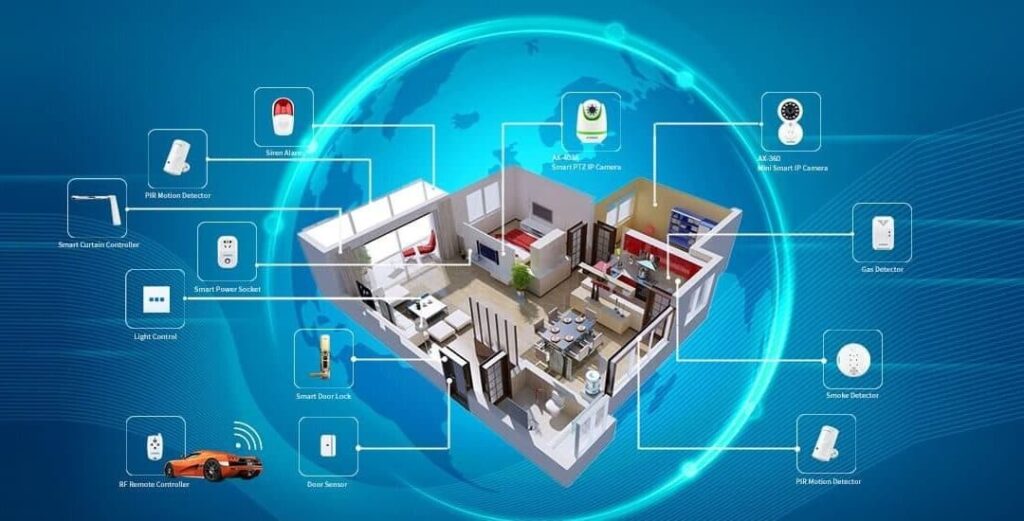In the rapidly evolving landscape of modern security systems, a paradigm shift is underway, ushering in a new era of intelligence and safety. The conventional notion of security, once confined to physical barriers and surveillance cameras, is now transforming into a comprehensive network of interconnected technologies that collectively function as a guardian angel, tirelessly watching over our homes, businesses, and public spaces. At the heart of this transformation is the integration of artificial intelligence AI and machine learning algorithms, empowering security systems to discern patterns, analyze data, and make informed decisions in real-time. One of the key advancements driving this evolution is the advent of smart surveillance cameras equipped with advanced computer vision capabilities. These cameras are no longer passive observers but have evolved into proactive sentinels, capable of identifying and responding to potential threats. Through facial recognition technology, these cameras can distinguish between known individuals and strangers, providing an added layer of personalized security.

Moreover, AI-powered analytics enable these systems to differentiate between routine activities and suspicious behavior, triggering alerts only when there is a genuine cause for concern. This not only reduces false alarms but also enhances the overall efficiency of the security infrastructure. The interconnected nature of modern security systems extends beyond individual devices. Integration with other smart home or business automation technologies allows for seamless coordination. For example, a smart security system can collaborate with smart lighting to deter intruders by simulating an occupied environment. In the event of a security breach, smart locks can automatically engage, restricting access to unauthorized individuals and visit the site. This interconnectedness not only fortifies the security perimeter but also creates a holistic and responsive defense mechanism. Furthermore, the use of machine learning algorithms enables security systems to adapt and learn from their surroundings. These systems can recognize evolving patterns of behavior, adapting to changes in the environment and continuously refining their threat detection capabilities.
This adaptability is crucial in the face of emerging security challenges, ensuring that the guardian angel remains vigilant and effective over time. The shift towards cloud-based storage and processing has also played a pivotal role in enhancing the capabilities of security systems. Cloud integration allows for centralized management and monitoring, enabling users to access real-time information and alerts from anywhere in the world. This not only facilitates remote surveillance but also ensures that critical data is securely stored off-site, mitigating the risk of tampering or destruction. As security systems become smarter and safer, ethical considerations come to the forefront. Striking a balance between the need for enhanced security and the protection of individual privacy is a challenge that must be addressed. Transparent policies, robust encryption, and clear guidelines on data usage are essential in ensuring that the guardian angel functions ethically and responsibly.
